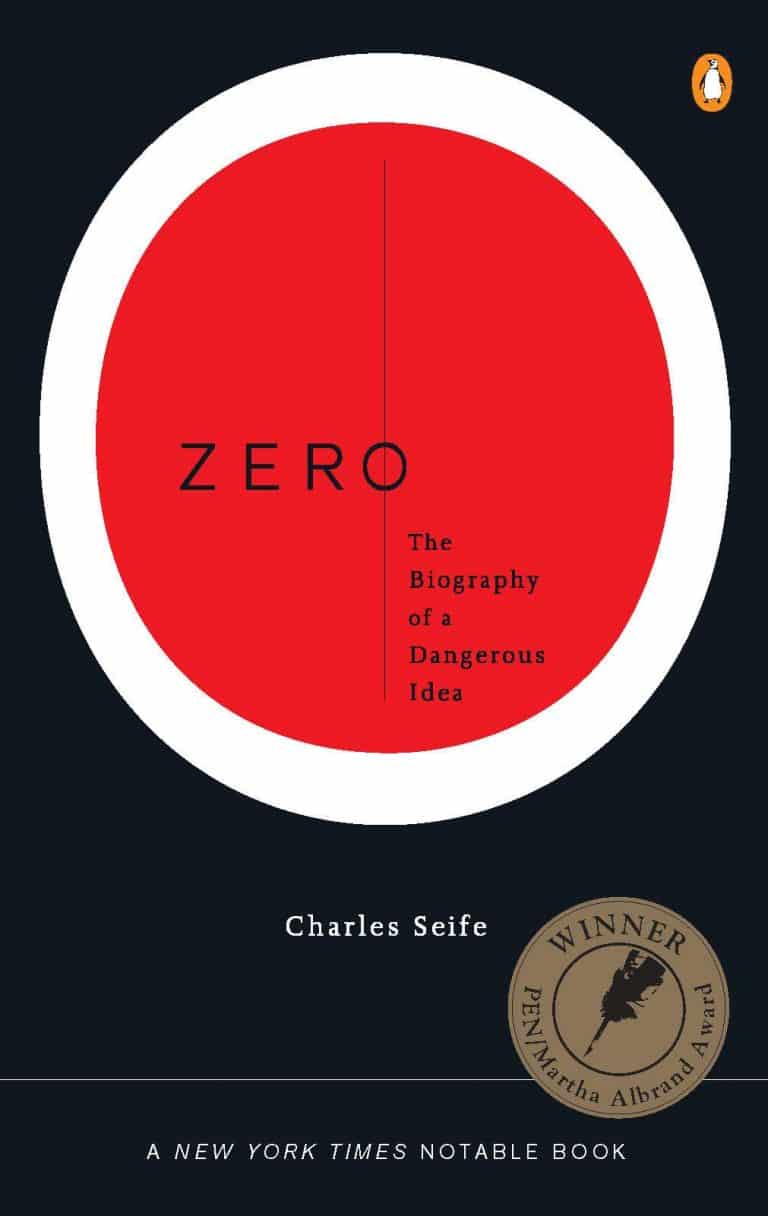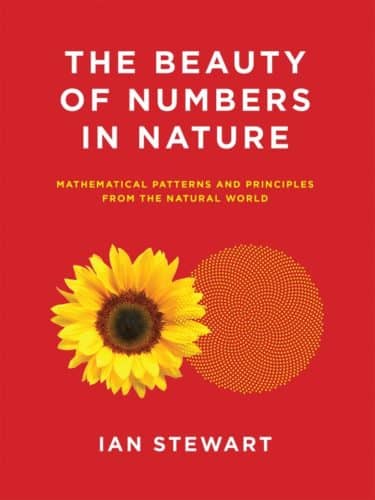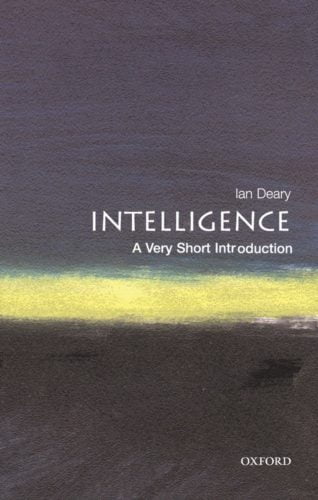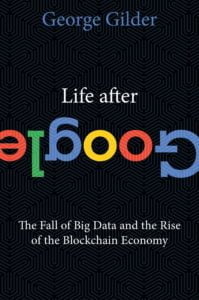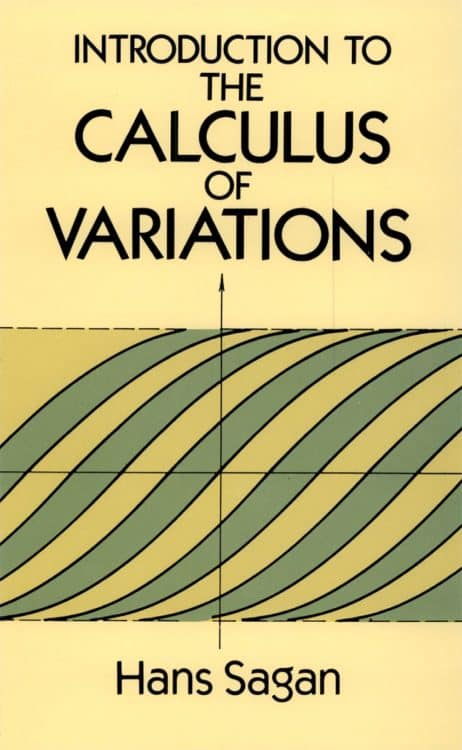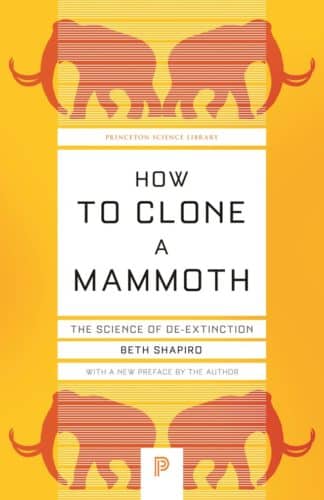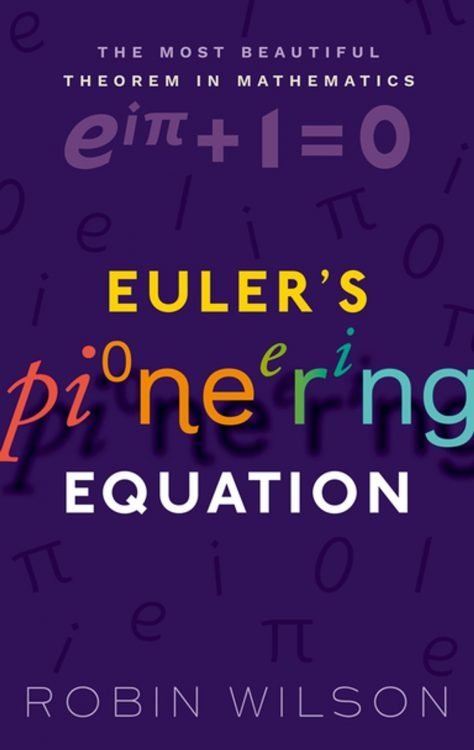If mathematics had a biography, it would be Zero: The Biography of a Dangerous Idea by Charles Seife. This book showcases mathematics in an entirely new way as readers are taken on a journey through zero’s history, uses, and implications. From ancient civilizations to our modern mathematics, Zero: The Biography of a Dangerous Idea chronicles how zero has shaped mathematics and our world in remarkable ways. Whether you are interested in mathematics or want a captivating read, Zero: The Biography of a Dangerous Idea is sure to please.
The Babylonians were the ones who first came up with the idea. Still, the Greeks outlawed it, and the Church employed it to combat heretics. At this point, it poses a danger to the fundamentals upon which modern physics is built. Once it was tamed, the power of zero became the essential instrument in mathematics. For ages, its power was associated with the dark arts and the demonic. Because zero, the number that is the twin of infinity, is unlike any other number. It is nothing and everything at the same time.
In his book “Zero: The Biography of a Dangerous Idea,” science journalist Charles Seife traces the history of this seemingly innocuous number from its origins as a philosophical concept in the East through its fight for acceptance in Europe, its ascent and transcendence in the West, and its ongoing danger to contemporary physics. From Pythagoras to Newton to Heisenberg, from the Kabalists to today’s astrophysicists, these great philosophers have tried to grasp it. Their disagreements shook the foundations of philosophy, science, mathematics, and religion.
Zero has put East against West and faith against reason, and its intransigence endures in both the shadowy interior of a black hole and the dazzling flare of the Big Bang. Today, the concept of zero is at the center of one of the most contentious debates in the history of science: the search for a theory that explains everything.

